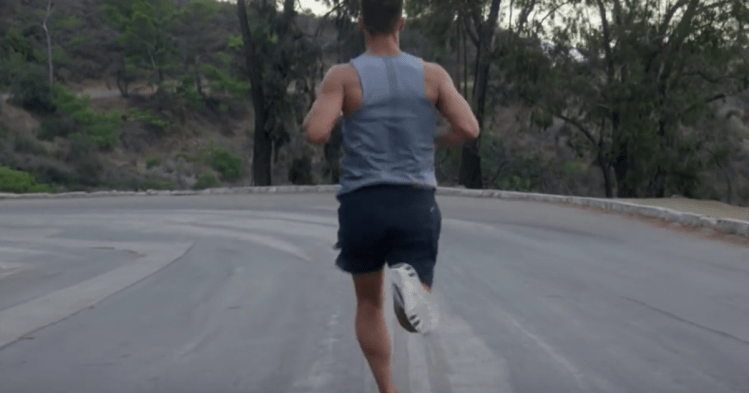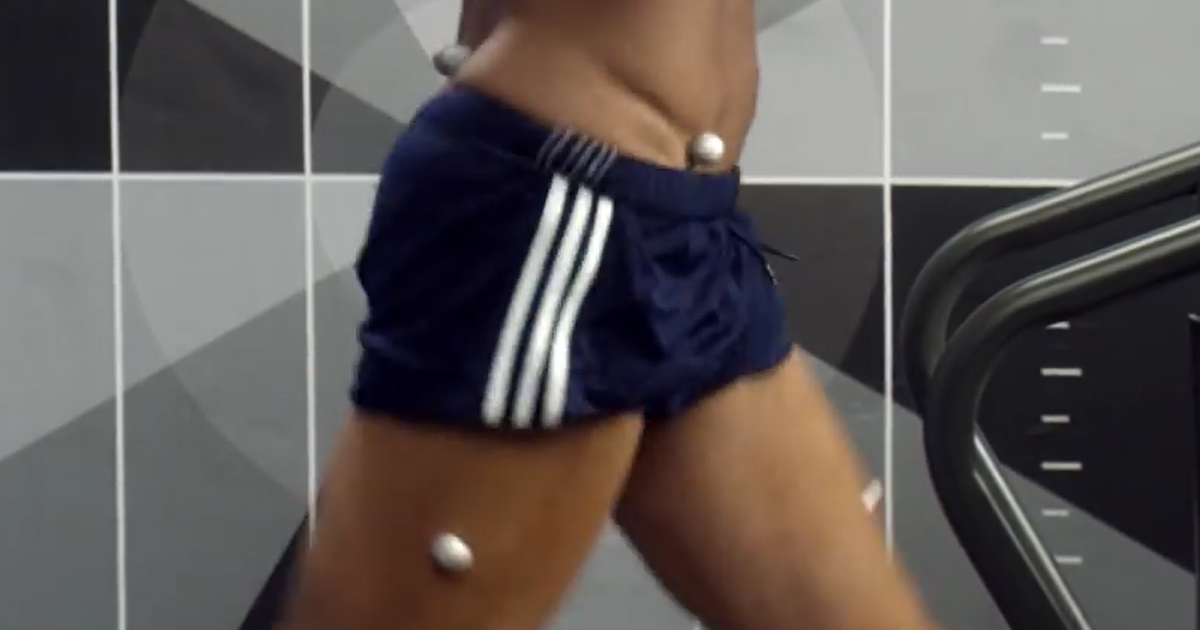LAS VEGAS — Happy January 7! It’s the day where everyone suddenly forgets about the promises of self improvement and weight loss they made just a week before. And I’m sure many out there have chosen today to ditch their New Year’s resolution to, literally, run their butts off.
Why is running so damned hard? Well, a big reason is likely because a lot of us aren’t doing it right. So what’s going to help solve that problem? A personal trainer? A running coach? PFFFT! Get real. This is 2016. The answer is a pair of smart running shorts.
At CES 2016 I was introduced to the Lumo Run, Lumo’s device that turns an average pair of running shorts into an electronic running advisor. The Lumo Run is available for preorder now off of Lumo’s site in two packages: a men’s shorts version or women’s capris version, both for $100 (shipping 3/31/2016).
The Lumo Run attaches to the back inside of the running shorts, and links up to an iOS 9-compatible phone (an Android version is supposedly in the works). From there, the Lumo Run will analyze my running style and will make suggestions in real time, via an audio voice, about what needs to be tweaked in the physicality of my running. I always knew that if my shorts could talk, they would be critical of me — I just didn’t expect it to be like this.
The Lumo Run is checking six physical attributes to running: cadence, bounce, ground contact time, braking, pelvic rotation, and stride. So what does any of that mean?
Well, cadence is the measurement of how many steps are taken in a minute. Too few and it may be a sign that my strides are way too long, while too many indicates I am coming close to speed walking.
Bounce checks the vertical height of each stride, making sure that I am not putting too much energy into leaving the ground, or potentially trying to slam my foot into the concrete. Putting my foot down too hard is also checked by ground contact time, which can also help measure if I am putting way too much weight or pressure on my feet, ankle, and shins.
Braking is checking any speed alterations between each step. If I am slowing down every time my foot hits the ground, that could be another indicator that I am putting too much — or the wrong kind of — pressure on my lead foot. Pelvic rotation checks the tilt, rotation, and bounce of my pelvis. If the pelvis doesn’t stay stable, I could be adding additional weight or imbalance to the run.
Finally, stride checks the length of time the body is in the air between steps. Like cadence and bounce, too much air time can mean I am wasting energy, while too little could indicate I am putting too much weight and strain on my legs.
Although there are plenty of wearables that have useful functions for exercise stats and heart rate monitoring, this is the first I’ve seen that can actually improve total posture of the body! It might actually help some of us keep our running New Year’s resolutions alive … maybe.



